organ
Latest

This machine keeps transplant livers alive for a week
With current technology, a human liver donated for transplant can only be kept alive for 24 hours, and often, if the liver is damaged or diseased, it cannot be considered for transplant. That could soon change. Liver4Life has developed a liver perfusion machine that can preserve injured human livers for one week and can even repair damage.
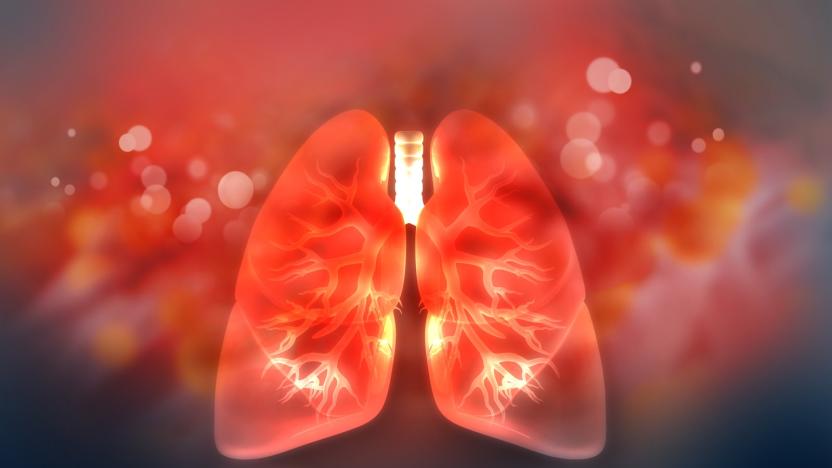
Researchers create lung 'blueprint' that could aid organ regeneration
Serious lung disease has a high rate of mortality, and the only curative treatment is a lung transplant. This is a complicated procedure that has other adverse health effects and oftentimes simply doesn't work, so for scientists in this field, organ regeneration -- that is, growing an organ from the body's own tissue -- is the ultimate solution. Now, researchers from Yale say they're on track for this very eventuality.

Scientists bioprint living tissue in a matter of seconds
Bioprinting holds great potential for repairing injuries, testing drugs or replacing whole organs, but it's currently limited in complexity, viability and speed -- you can't just create tissue on a whim. Soon, though, it might be a matter of crafting whatever you need when you need it. Scientists at EPFL and University Medical Center Utrecht have developed an optical system that can bioprint complex, highly viable living tissue in "just a few seconds." It would represent a breakthrough compared to the clunky, layer-based processes of today.
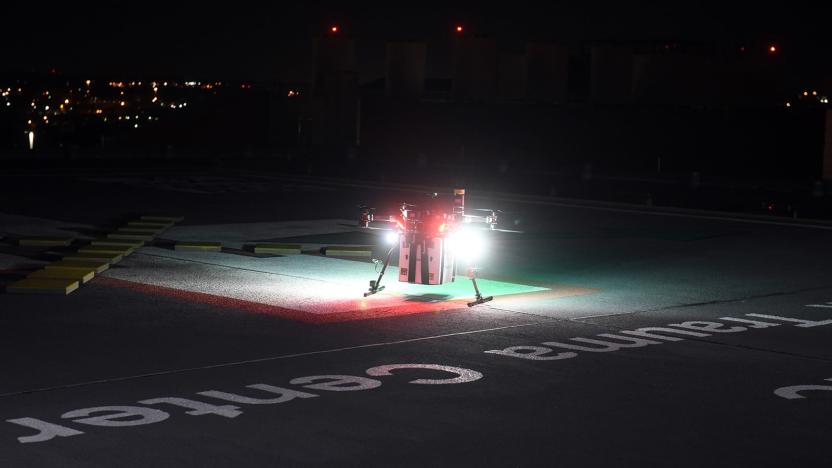
A drone delivered an organ to a transplant patient for the first time
For the first time, a drone has delivered a kidney to a transplant patient who had waited eight years for a donor. The organ was carried on a short, 10 minute, 2.7 mile test flight from Baltimore's St. Agnes Hospital to the University of Maryland (UMD) medical center, and successfully transplanted a few hours after the delivery. "There's a larger purpose at stake," said UMD engineering dean Darryll J. Pines. "It's ultimately not about the technology; it's about enhancing human life."

Scientists successfully transplant lab-grown lungs into pigs
Lab-grown organ transplants aren't right around the corner, but they may considerably closer than you think. University of Texas Medical Branch researchers have successfully tested bioengineered lungs in adult pigs, with no signs of medical complications. While it's not certain how effective the lungs were at oxygenating the pigs, they developed the sturdy network of blood vessels needed to survive. The challenge, as you might guess, was producing a full structure that the pigs' bodies would accept.
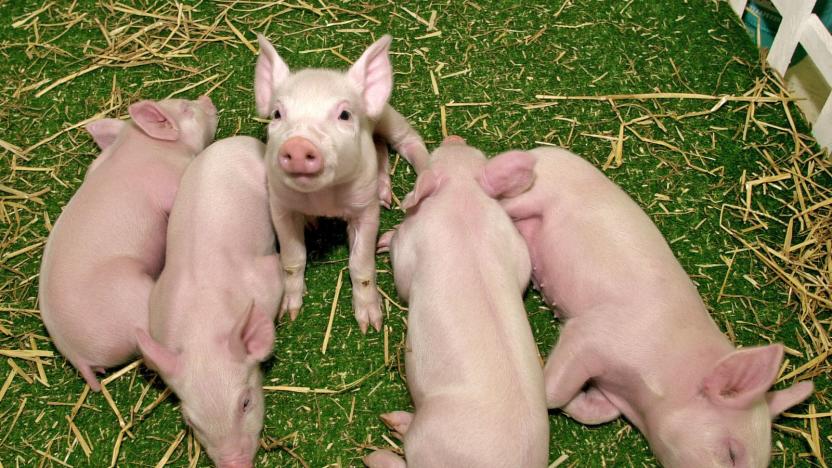
Tomorrow's transplant organs could come from human-pig hybrids
With a lion's head full of gnashing teeth sitting atop the body of a goat and a snake for a tail, the Chimera of Greek mythology is a terrifying sight -- and that's before it starts breathing fire. Chimera have long served as cautionary touchstones in popular culture, often as examples of humanity's foolhardy quest to control nature. Take for example the tragic tale of Nina Tucker from Fullmetal Alchemist, the residents of The Island of Dr. Moreau or Sorry to Bother You's genetically-engineered slave race of Equi Sapiens. But in the medical field, chimera -- real life human-animal hybrids -- could hold the key to solving the global shortage of transplantable organs.
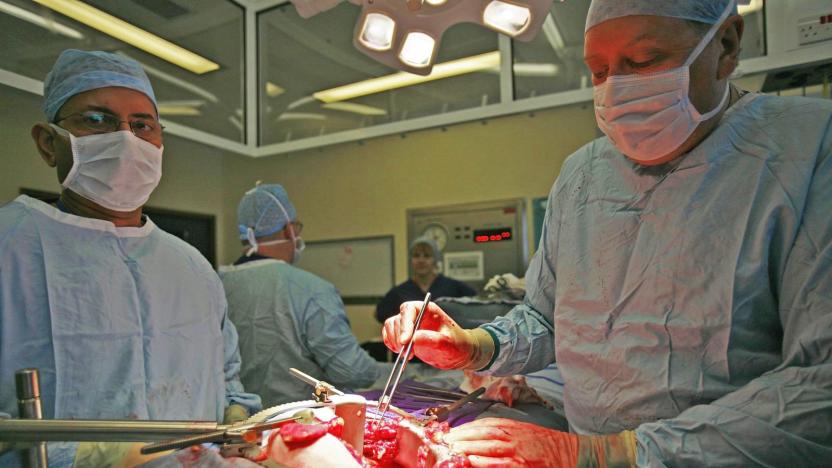
Someday, every piece of a person will be replaceable
In the past half decade, medical science has made tremendous advances in reproductive organ transplant techniques. In the span of just four years, we've seen the first successful penile transplant, the first child born from a transplanted uterus, and as of Monday, the world's first full male genital transplant surgery. During the 14 hour marathon operation, a team of doctors from Johns Hopkins University grafted the penis and scrotum from a donor cadaver onto a US military member who had had his own genitals destroyed during his service in Afghanistan.
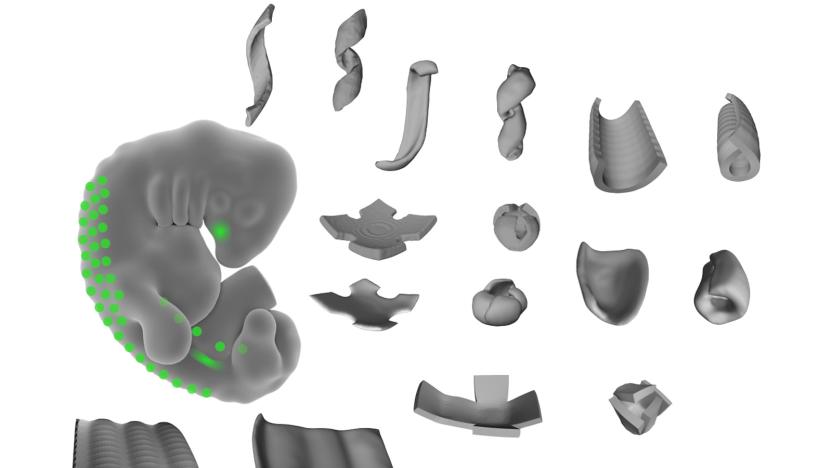
Scientists 'hack' cells to create 3D shapes from live tissue
Never mind 3D-printing organs -- the real dream is to make the tissue itself bend to your will, and UCSF scientists have managed just that. They've discovered that they can 'hack' special cells that help fold tissue (mesenchymal cells) to create 3D shapes out of live tissue. The trick is to lay out these cells in specific patterns that "tug" on other cells' extracellular matrix fibers. You can create surprisingly diverse items, ranging from simple bowls and ripples to decidedly unnatural items like cubes and coils.
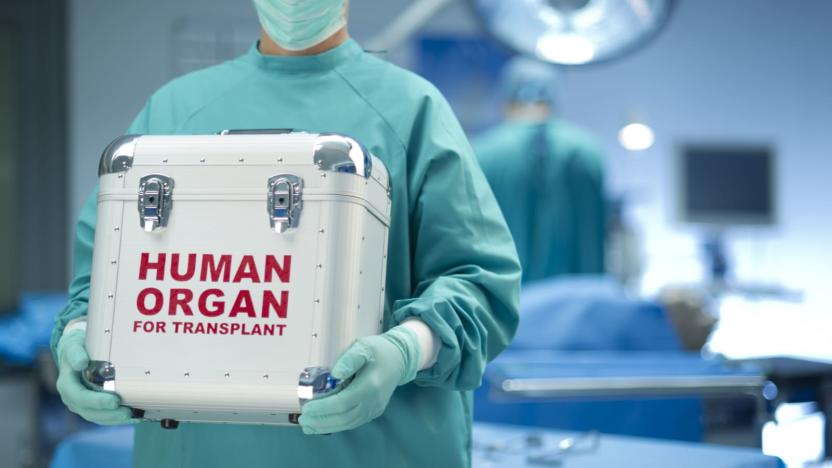
Nanoparticles fool your body into allowing organ transplants
Organ transplants are frequently life-saving, but they remain a gamble when your body can reject the new organ well after the initial surgery. Yale researchers have discovered a clever solution to this: prevent your body from noticing the organ until it settles in. They've developed a drug delivery system that uses nanoparticles to slowly supply small interfering RNA (siRNA) that stops your body's white blood cells from attacking the organ as a foreign presence. Instead of lasting mere days, the siRNA lasts as long as 6 weeks. This won't necessarily eliminate the rejection response, but it should be far easier to control if and when it kicks in.
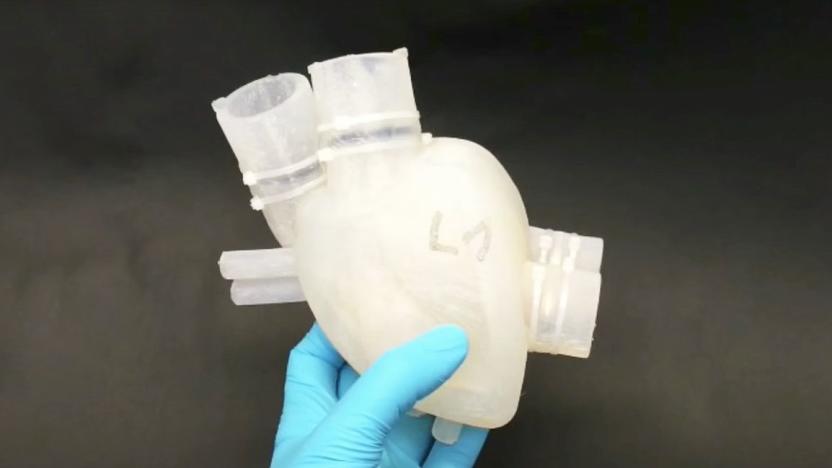
3D-printed silicone heart beats like the real thing
Advanced 3D printing and manufacturing techniques that can produce soft machines could save a lot of lives in the future. They could be used to make not just soft robots for search and rescue, but also temporary organs for people on the transplant waiting list, like the artificial heart created and tested by a team of researchers from ETH Zurich. The researchers have developed a silicone heart that beats like the real organ does using a 3D-printing, lost-wax casting technique.
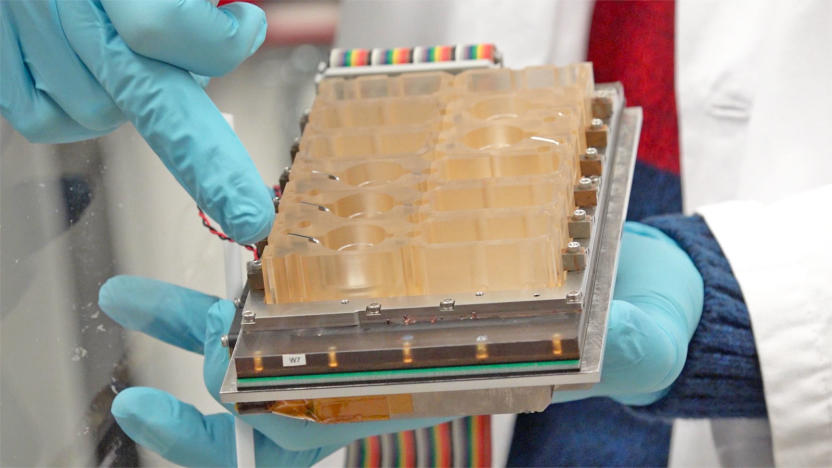
Scientists recreate the female menstrual cycle on a chip
Scientists don't understand as much as they'd like about the female reproductive system, both due to their historical exclusion from studies and the challenge in replicating the complexities of that anatomy. At last, however, there's progress. Researchers have developed an organ on a chip that models a woman's entire reproductive system, including menstruation and hormone-induced responses. It clearly doesn't look like the real thing (see above), but numerous key behaviors are present.

Scientists confirm a 'new' human organ
For centuries, the mesentery (which links the intestine to the abdomen) has been treated as a group of distinct structures in your digestive system. It wasn't anything special. However, the medical world now has to rethink that belief. Scientists recently determined that the mesentery is really one, cohesive entity -- that's right, they confirmed the existence of a 'new' organ. Researchers first discovered the continuous nature of the mesentery through microscopic examinations in 2012, but the past few years have shown that it has enough function to be considered an organ.

ICYMI: Treat all your wine right with a $1,500 fridge
try{document.getElementById("aol-cms-player-1").style.display="none";}catch(e){}Today on In Case You Missed It: A wine fridge called Plum can scan your wine bottles, seals so they stay fresh and then calibrates the temperature inside for maximum deliciousness of pour for every glass. Downside? It's $1,500 so you could take a vacation to wine country instead. Meanwhile, Harvard scientists announced a 3D-printed heart on a chip that has integrated sensors, so it can be used to test medications, which should rapidly accelerate medical studies. The most detailed Milky Way Galaxy yet is here. The particle accelerator on a chip talk at the SLAC lab is here and the Singapore driverless bus news is here. For drones attempting a lightbulb change, go here. As always, please share any interesting tech or science videos you find by using the #ICYMI hashtag on Twitter for @mskerryd.

Cotton candy machines help create artificial organs
You may have seen some pretty unusual ways to make artificial organs, but Vanderbilt University might have just topped them all. Its researchers have developed a technique for making the templates of artificial organs using a cotton candy machine -- that's right, the machine whipping up treats at the county fair could effectively save your life. The team discovered that the same centrifugal process that melts sugar into delicious, fluffy strands also turns hydrogel into cell-friendly microfibers that behave like capillaries in the human body.

Scientists make an artificial heart out of foam
Artificial hearts only kinda-sorta behave like the real thing. They pump blood, sure, but they're typically solid blocks of machinery that are out of place in a squishy human body. Cornell University thinks it can do better, though: its scientists have developed an artificial foam heart that imitates both the functions and shape of its fleshy counterpart. The key is a new polymer that can be poured into specific shapes, and has pores that let it pump fluids. It's not only soft and stretchable, but more efficient -- you don't need much energy to get liquids moving.

ICYMI: 3D-printed telescope, bird drone and more
#fivemin-widget-blogsmith-image-338109{display:none;} .cke_show_borders #fivemin-widget-blogsmith-image-338109, #postcontentcontainer #fivemin-widget-blogsmith-image-338109{width:570px;display:block;} Today on In Case You Missed It: An open-source, 3D-printed telescope is being offered by the Open Space Agency so that hobbyists of all stripes can easily share their discoveries. The BionicBird drone flies by legit flapping its wings and I think I saw this in a movie once. And a video describing old musical tech has us all riveted: A behind-the-scenes view of the seven stories of pipes it takes to play the Wanamaker Grand Court Organ.
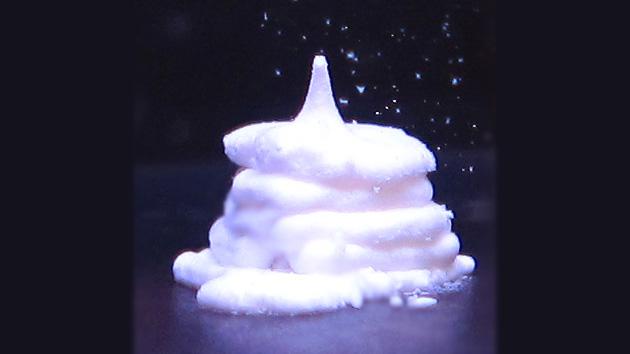
Genetic 'glue' helps make 3D-printed organs
No, you're not looking at a dessert gone horribly wrong -- that might just be the future of synthetic organ transplants. Scientists at the University of Texas at Austin have developed a genetic "glue" that forms gels useful for 3D printing organic tissues. The key is using custom-designed, complementary DNA strands that bond just the way you'd like them. This flexibility would let hospitals and labs create organs that grow in a specific way, and take on specific structures. In short, it'd be relatively easy to print the exact organ you need, and even customize it for the recipient if necessary.

Sticky sensors will monitor your body's organs
Health sensors that attach directly to your organs to are potentially very useful, since they can measure miniscule electrical signals and other details that might otherwise fly under the radar. There's just one problem: actually sticking those devices on to something that soft and squishy is tough. However, a team of Japanese researchers may have a solution. They've developed gel-based sensors that monitor electrical activity and strain while adhering to just about anything, including the gooey wet insides of your body. The key is the gel itself, which is made of the polyvinyl alcohol you might find in protective gloves or eye drops; it allows a grid of sensors to make contact without peeling or slipping off.

Scientists grow whole organs inside animals for the first time
Researchers have had success growing organs in controlled lab environments, but repeating that feat inside a complex, messy animal body? That's more than a little tricky. However, researchers at the University of Edinburgh have managed that daunting feat for the first time. They've grown thymus glands inside lab mice by "reprogramming" the genes in tissue-regenerating cells and partnering those with support cells. The team didn't have to use scaffolds or other "cheats" to trigger the growth; it just injected the cells and waited. There weren't even any obvious limitations. The organs were full size (unlike the baby-like results from some experiments), and they were just as efficient at producing virus-fighting T-cells as the real deal.

MakerBot chief believes self-driving cars will spur a need for 3D-printed organs
Self-driving cars are safer by their very nature, since they avoid the mistakes of human drivers. However, that improved safety may create some new problems -- at least, according to MakerBot founder Bre Pettis. He tells Fortune that scientists will likely have to step up work on 3D-printed organs if and when robotic vehicles take off, since a significant chunk of organ donations (which are already scarce) come from car accident victims. Pettis isn't disputing the value of reducing road fatalities, of course. The issue is more that hospitals have to be ready for possible shortfalls in natural transplants.






